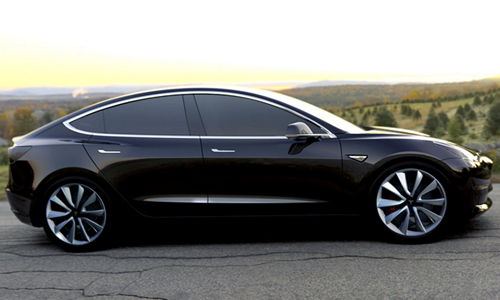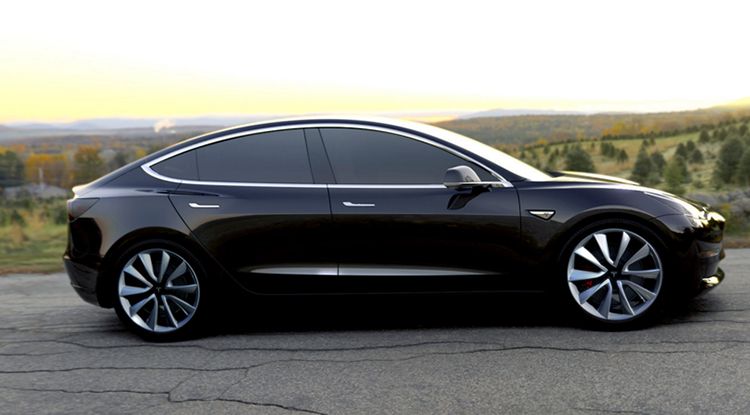

To cut carbon pollution and meet air quality standards, we have to ditch oil and power our cars, trucks and buses with clean electricity. To do that, we need America’s electric industry to use its power (particularly electrical and financial) to supercharge the market for electric vehicles (EVs) and do so in a manner that also helps replace fossil fuel plants with renewable resources like wind and solar.
In a report released Thursday, Driving Out Pollution: How Utilities Can Accelerate the Market for Electric Vehicles, we explain how the electric industry could accelerate the national EV market by helping to deploy charging stations where drivers live, work and play; increasing public awareness of EVs’ economic and environmental benefits; and incentivizing drivers to charge their cars at times that will help bring more solar and wind energy onto the grid.
The report details how the electric industry can use spare capacity in the grid to charge our nation’s vehicle fleet, partner with independent EV charging companies to increase access to electricity as a transportation fuel and maximize fuel cost savings relative to gasoline by offering lower rates for charging during periods when the grid is underutilized and/or excess renewable power is available.
According to a recent paper published by the National Academy of Sciences, the share of new vehicles sold that are electric vehicles needs to grow from today’s 1 percent, to 40 percent or more by 2030 to avoid the worst impacts of global warming.
This is not an impossible task—almost 400,000 people put down $1,000 deposits for the next-generation, moderately priced Tesla during a two-week period earlier this year and drivers are expected to pack dealerships later this year when the mass market Chevrolet Bolt goes on sale.
However, potential EV purchasers attracted by the prospect of fueling up on a cleaner fuel that is the cost equivalent to $1 per gallon gasoline may change their minds if the charging infrastructure network does not catch up to consumer demand.
Expanding the EV charging network can also pave the way for a broader, more diverse EV market and provide low-income customers much needed relief from wildly fluctuating gas prices.
Our report provides a roadmap for the electric industry to help grow the EV market, divided into three phases:

Phase 1 presents the most pressing issues, but the foundations for Phase 2 and Phase 3 must be laid today in order to realize the long-term benefits of widespread EV adoption. Now is the time to act. Short-term delays could result in a near-impossible task in the future, as it takes decades to turn over the nation’s vehicle fleet.
Thankfully, some states have already started down this path. California and Oregon adopted laws directing utilities to accelerate the electrification of the transportation sector. The California Public Utilities Commission recently approved EV infrastructure and market education programs for Southern California Edison and San Diego Gas & Electric and is currently considering a widely supported settlement proposal that would implement a similar program in the northern and central areas of the state served by Pacific Gas & Electric.
Meanwhile, the Washington Utilities and Transportation Commission approved a $3 million EV infrastructure deployment pilot proposed by Avista, which serves rural areas in the eastern Washington and northern Idaho. Kansas City Power and Light is investing $20 million to install more than 1,000 public and workplace charging stations and Georgia Power and Light is implementing a $12 million “Get Current. Drive Electric” charging program to install 60 public charging stations with both standard and fast-charging stations.
In addition, power companies nationwide are pursuing EVs as a new and emerging revenue stream. Electrifying the transportation sector can bring money into the electric system that would otherwise go to oil companies—this can lower monthly bills for all electric utility customers.
It has been estimated that traffic pollution could cause more than 50,000 premature deaths annually in the lower 48 states, which is more than 1.5 times the deaths from traffic accidents on an annual basis. The electric industry should move quickly to bring forward the environmental and economic benefits of moving America off oil—once and for all.
YOU MIGHT ALSO LIKE
Volkswagen Bets on Electric Cars After Dieselgate
Nation’s Largest Residential Solar Storage Project to Launch This Summer

 233k
233k  41k
41k  Subscribe
Subscribe 
